The fabled Herculaneum Papyri was a small library that succumbed to the devastation that followed the eruption of Mount Vesuvius in 79 CE.
Over the past few centuries, some of the charred remains have been deciphered, shedding light on the philosophical and religious beliefs of those living in the classic era.
Mount Vesuvius Erupts

In 79 CE, the unsuspecting victims of the Roman City of Pompeii would fall victim to one of the greatest natural disasters of the era.
A short distance from the city lay Italy’s Mount Vesuvius. The volcano erupted, completely destroying Pompeii and the nearby city of Herculaneum. Both were buried in layers of mud and ash, which helped preserve the ancient cities.
Charles VIII Searches For Vauable Treasure
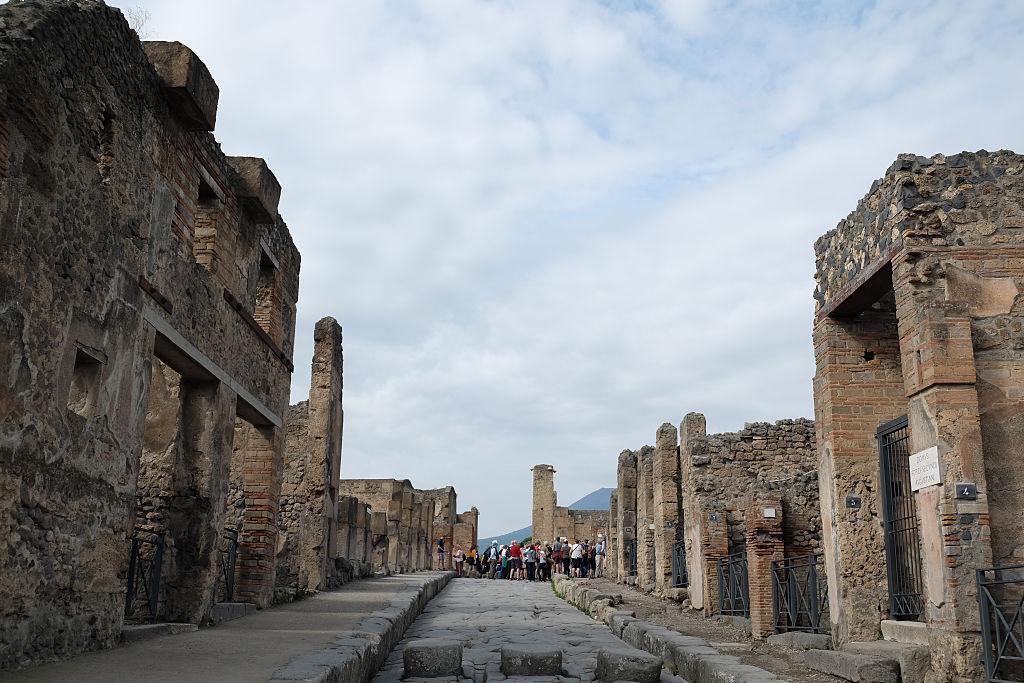
During the 18th century, citizens of the surrounding region had heard tales of the buried cities.
Yet, little was known until Charles VIII of Naples decided to commission an excavation. However, it wasn’t for the love of history. Instead, Charles was looking for valuable items.
The Hunt for Buried Treasure
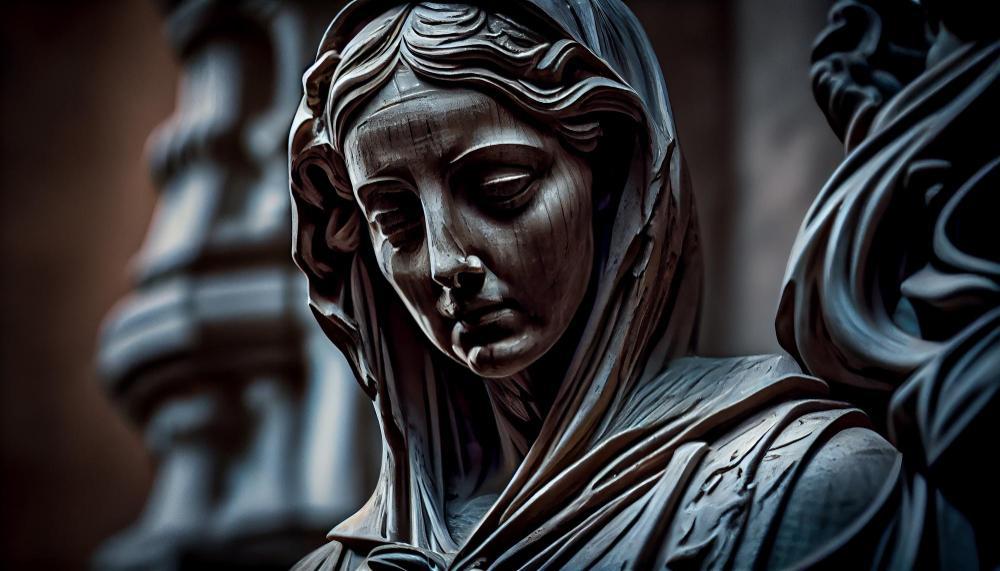
Before the fall of Pompeii, its city was home to some of the wealthiest citizens in the Roman Empire.
Charles’ team discovered the remains of a villa in Herculaneum in 1752. He instructed his workers to search for bronze and marble statues that he could add to his Roman collection.
Discovery of an Ancient Library

As the king’s workers searched throughout the villa for items of interest, they came across strange blackened lumps that appeared to have been organized side by side.
Eventually, one of the workers realized they were the charred remains of scrolls. The find became known as the library of Herculaneum.
King Charles Tried to Preserve the Scrolls

Europeans of the 18th century had an avid fascination with the ancient Greek and Roman cultures.
When King Charles VIII heard of the find, he immediately ordered his men to carefully remove what they could of the charred scrolls and move them to his personal library.
Reading the Scrolls Proved Difficult
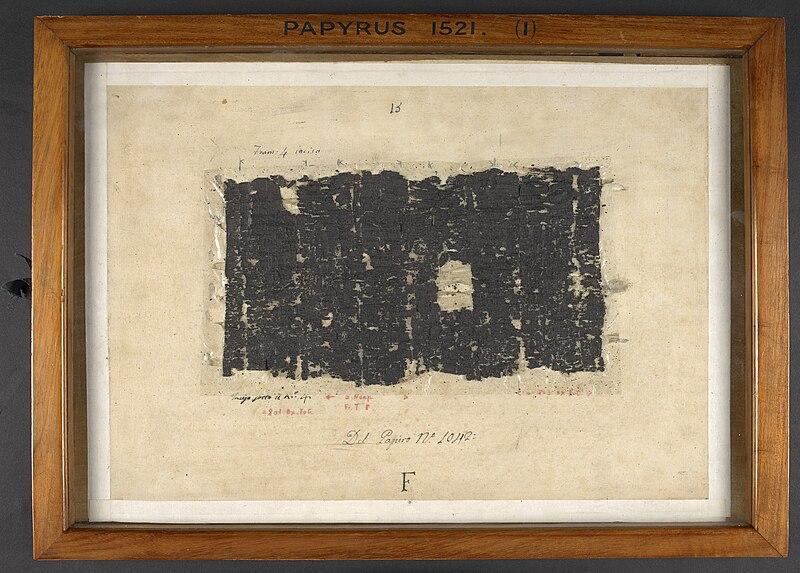
Hoping to obtain knowledge from the ancient period, the king instructed Camilla Paderni, the royal keeper of the king’s museum, to decipher the scrolls. Yet, it was easier said than done.
“It is not a month ago that there have been found many volumes of papirus, but turn’d to a sort of charcoal, so brittle, that, being touched, it falls readily into ashes,” wrote Paderni in a letter of the era (via Mental Floss).
Unusual Trade with the British

Eventually, King Ferdinand IV of Naples decided to trade a portion of the scrolls to the British. In return, he received a giraffe to add to his exotic collection of animals.
When in the hands of the British, they were given to Dr. Friedrich Charles Louis Sickler, who had previously worked on ancient Egyptian papyrus. Yet, he made a horrible mistake by soaking the scrolls in water, which ultimately removed the ink. He ruined seven scrolls and was later fired.
Chemist Is Trusted to Preserve the Scrolls
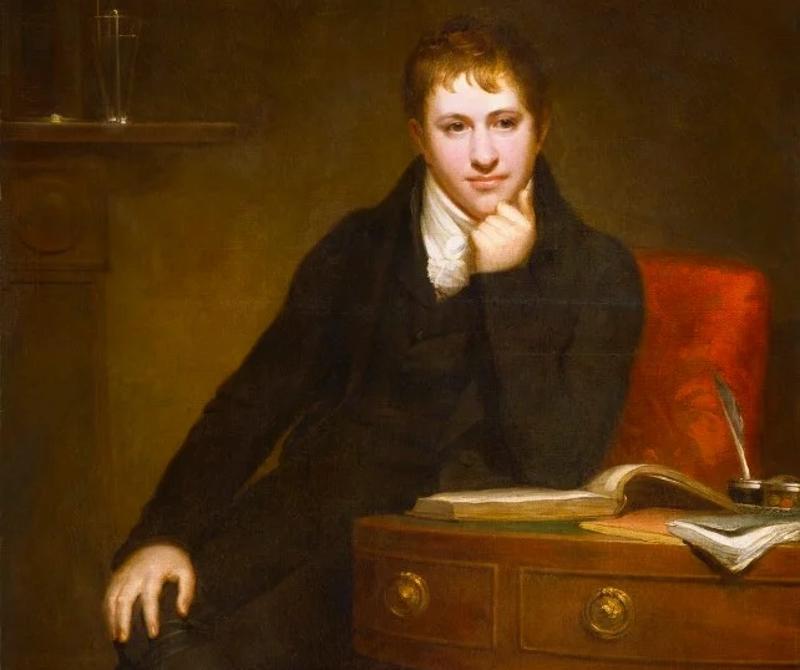
Next up to inspect the remaining scrolls the British had was Sir Humphry Davy, a chemist who decided to preserve the scrolls instead of further destroying them.
Using chemicals, including iodine, acid, and chlorine vapors, he slowly managed to unroll many of the papyrus without damaging them. The various chemicals also enhanced the ink’s readability.
The Work of Philodemus
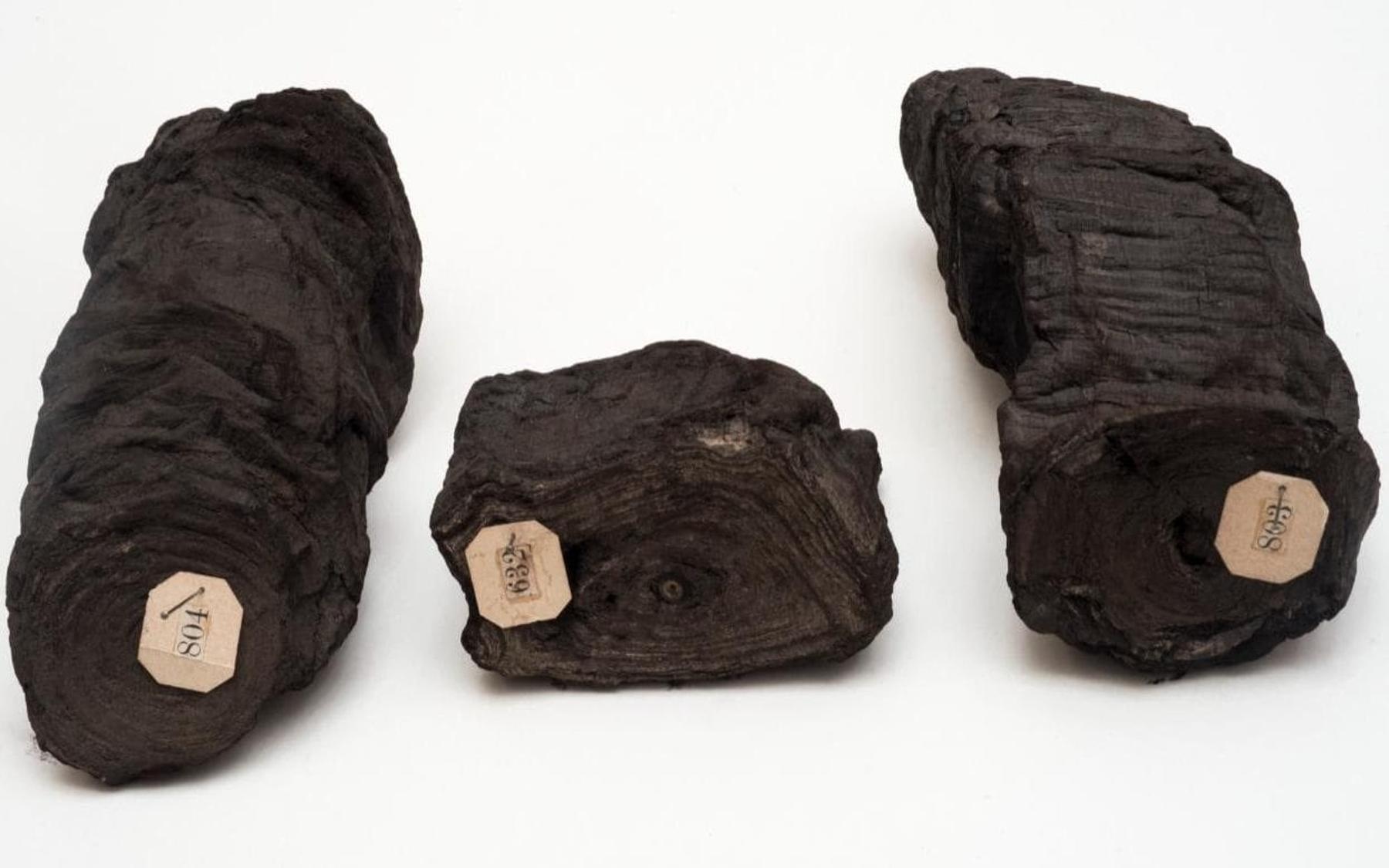
What could be deciphered in the scrolls led scholars to surmise the original author of the writings was a Herculaneum philosopher, Philodemus.
According to the writings, he followed a philosophy based on the work of Epicurus, which postulates individuals should enjoy life and seek out all worldly pleasures.
Enjoy Life, and Don’t Worry Too Much

Philodemus based much of his writings on the work of Epicurus, who lived from 341 to 270 BCE.
“Don’t fear god, Don’t worry about death; What is good is easy to get, What is terrible is easy to endure,” wrote Philodemus in one of the scrolls (via History Enhanced).
Stored in a Safe Environment

In recent years, many of the surviving fragments of Philodmeus’ work have been stored in a safe to ensure they are preserved for later generations.
However, periodic scans are carried out on some of the scrolls, which allows researchers and historians to continue working on the philosophical ideas of Philodemus.


